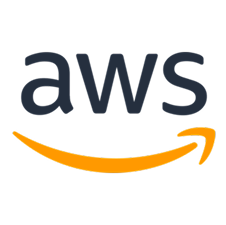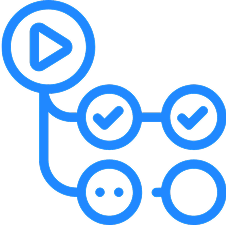Cogneta Green - Envisaging a brighter future
Cogneta Green is a renewable energy technology company that uses the Internet of Things to monitor and enhance the performance of solar plants in real time.
Industry
Renewable Energy
Our Contribution
Cloud Infrastructure, IoT Monitoring & Queue Services, CI/CD Automation
Business Type
B2B SaaS
Technology Stack
Contabo Cloud (VPS), PostgreSQL, GitHub Actions
Project Goals
The main goal on this project was to create a high-performance, scalable IoT monitoring platform that could manage environmental sensor data in real time from hundreds of sensors. Cogneta Green required a cloud infrastructure, to process high-frequency sensor data during periods of intense agricultural activity without experiencing any outage or latency.
The top priorities consist of maximizing resource utilization to strike a balance between cost and performance and guaranteeing farmers’ and agribusinesses’ round-the-clock system availability. The solution also needed to give developers secure, role-based access while easily connecting with third-party farming analytics tools. The end goal was to build a reliable, future-ready system, one that could grow with increasing data needs without compromising on real-time performance.
Project Challenges
One of the biggest challenges was the old monolithic setup—everything from the database and admin panel to the frontend and backend was crammed onto a single server. It leaded to frequent crashes under heavy sensor data loads. Plus, the system lacked modern IoT protocols like MQTT that forced inefficient data polling methods which increased latency and resource strain.
Next, as the absence of read/write separation created difficulties during simultaneous data ingestion and analytics queries Database performance was a major issue. To modernize the infrastructure with CI/CD and cloud-native solutions, Manual deployments and outdated Windows dependencies further complicated efforts. A complete overhaul of security and permissions management was required as inadequate access controls exposed sensitive agricultural data.
Solution We Provided
Perensoft’s cloud and IoT solutions were designed to address Cogneta Green’s scalability, performance, and real-time monitoring challenges while optimizing costs and ensuring reliability.
We separated the frontend, backend, database, and admin panel onto separate Contabo Cloud instances in order to move Cogneta Green from a monolithic server to a distributed design. It reduced downtime by 99.9% by removing single-point failures and optimizing resource allocation.
To handle high-frequency sensor data, we implemented MQTT and WebSocket protocols, replacing inefficient polling methods. This enabled real-time environmental monitoring with sub-second latency, critical for precision agriculture.
We reconfigured PostgreSQL with TimescaleDB for time-series data and introduced read replicas to offload analytics queries. This reduced database contention, improving query speeds by 40% during peak farming cycles.
We streamlined our deployment process using GitHub Actions, which made it easy to roll out new features without any downtime. It also helped keep environments consistent and cut deployment time down from hours to just minutes.
Prometheus/Grafana, a comprehensive monitoring stack, was implemented to monitor data pipeline throughput, server health, and IoT device connectivity. Custom notifications were set up for abnormalities to ensure proactive issue resolution.
We implemented granular permissions for developers and admins, restricting access to sensitive farm data. Multi-factor authentication (MFA) and encrypted data streams were added to meet agribusiness compliance needs.
Tools & Platforms We Used
Our comprehensive DevOps services have a diverse portfolio of use-cases, from consumer-facing systems to enterprise-level applications.
 AWS
AWS
 Github
Github
 Github Actions
Github Actions
Key Benefits We Delivered to Our Clients
Our cloud and IoT solutions transformed Cogneta Green’s infrastructure into a scalable, cost-efficient platform for precision agriculture, delivering measurable impact across critical operations.



